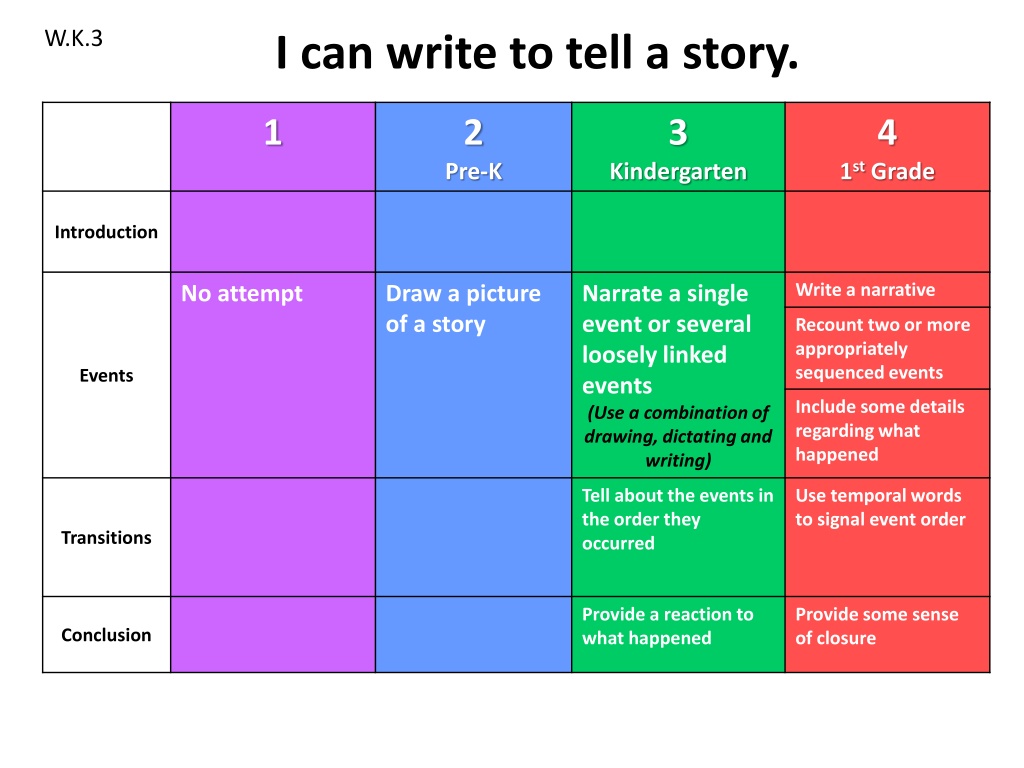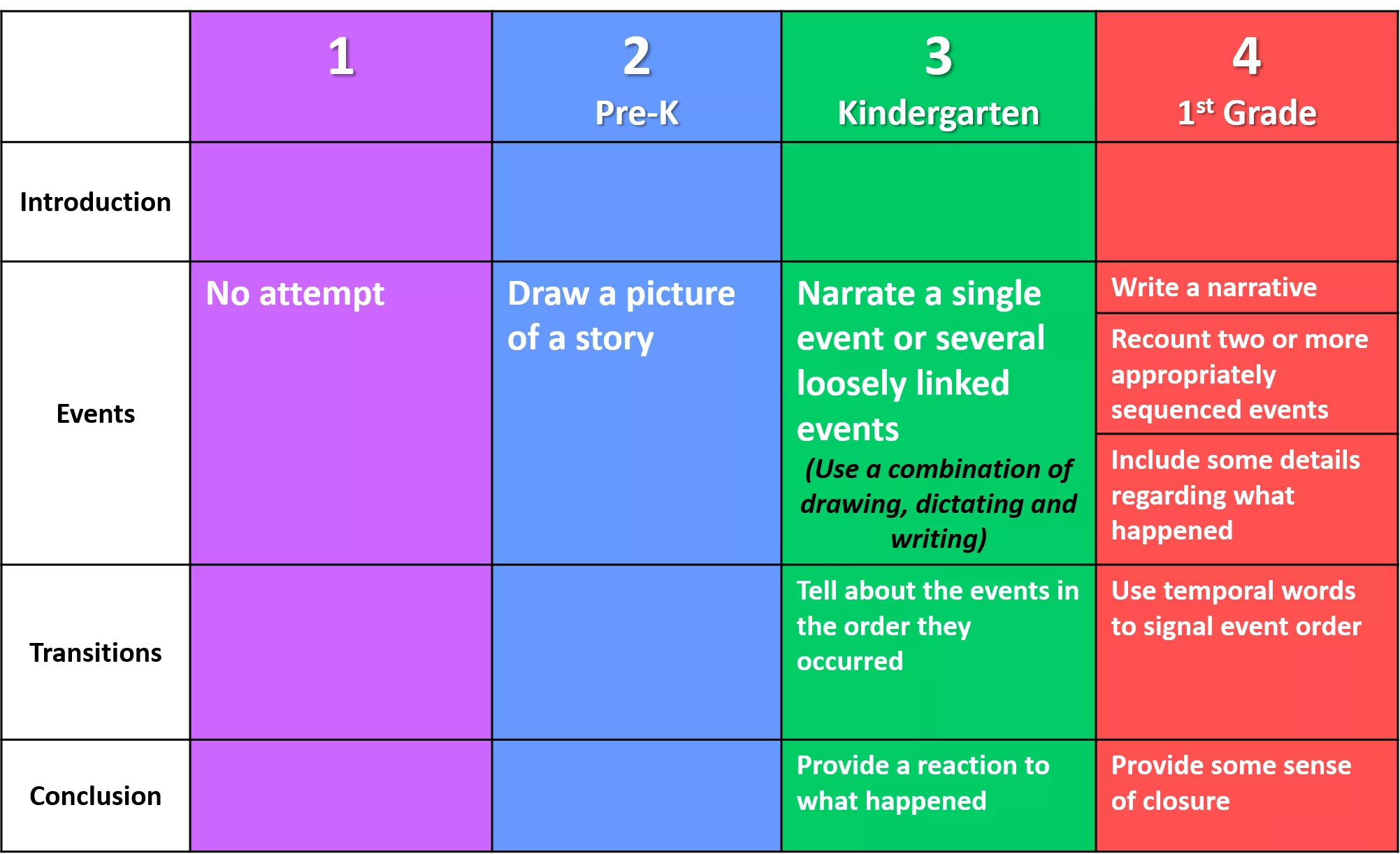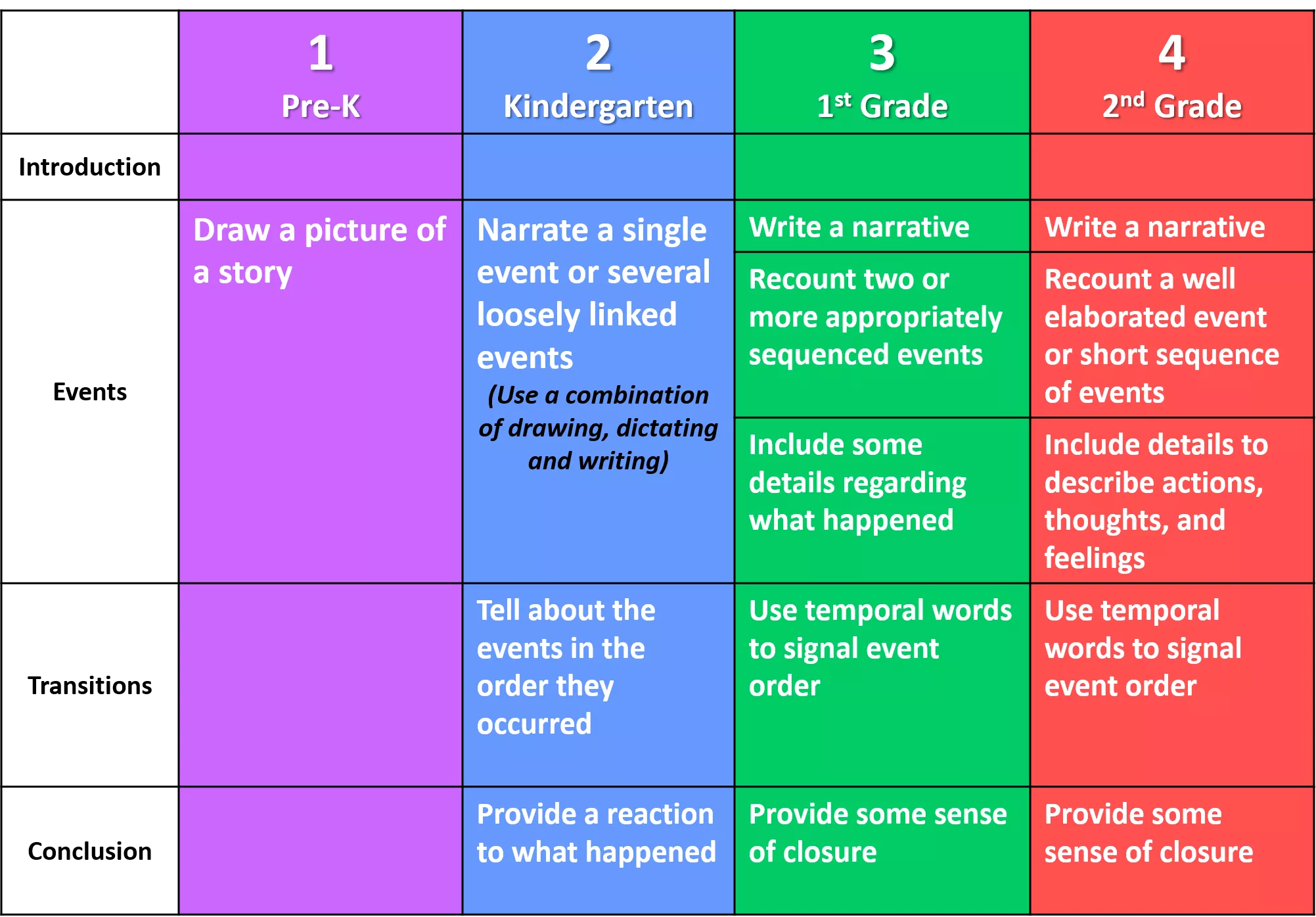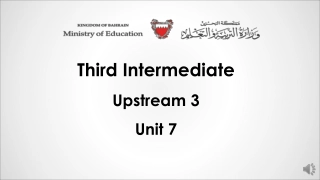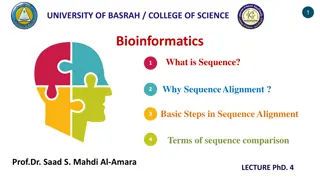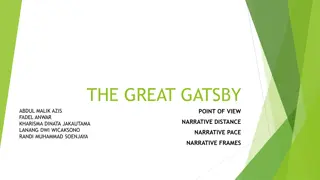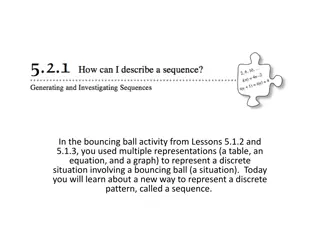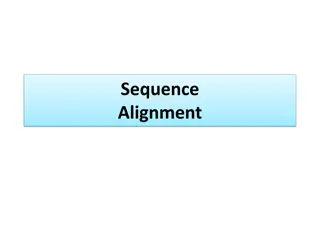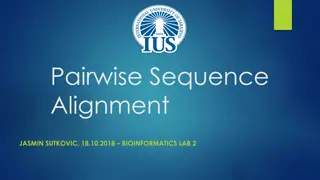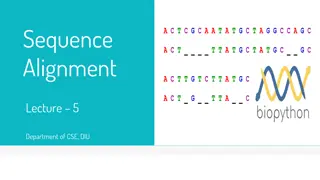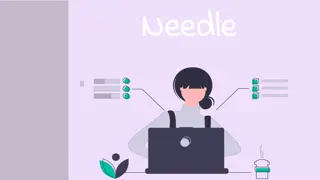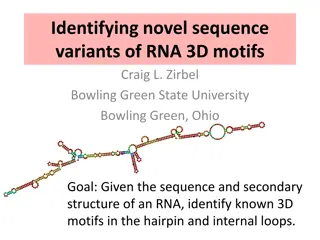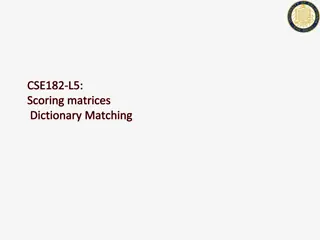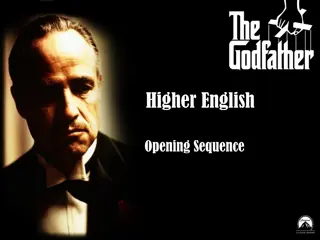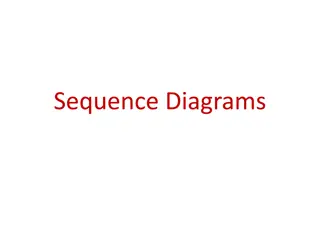Write a Narrative: Events in Sequence
Create engaging narratives by recounting events in order, including details of actions, thoughts, and feelings. Use temporal words for event order and transitions. Develop experiences using dialogues and character responses, leading to a satisfying closure.
Download Presentation

Please find below an Image/Link to download the presentation.
The content on the website is provided AS IS for your information and personal use only. It may not be sold, licensed, or shared on other websites without obtaining consent from the author.If you encounter any issues during the download, it is possible that the publisher has removed the file from their server.
You are allowed to download the files provided on this website for personal or commercial use, subject to the condition that they are used lawfully. All files are the property of their respective owners.
The content on the website is provided AS IS for your information and personal use only. It may not be sold, licensed, or shared on other websites without obtaining consent from the author.
E N D
Presentation Transcript
W.K.3 I can write to tell a story. 1 2 3 4 1st Grade Pre-K Kindergarten Introduction Write a narrative No attempt Draw a picture of a story Narrate a single event or several loosely linked events (Use a combination of drawing, dictating and writing) Recount two or more appropriately sequenced events Events Include some details regarding what happened Tell about the events in the order they occurred Use temporal words to signal event order Transitions Provide a reaction to what happened Provide some sense of closure Conclusion
W.1.3 I can write to tell a story. 2 Kindergarten 1 3 4 1st Grade 2nd Grade Pre-K Introduction Write a narrative Write a narrative Draw a picture of a story Narrate a single event or several loosely linked events (Use a combination of drawing, dictating and writing) Recount two or more appropriately sequenced events Recount a well elaborated event or short sequence of events Events Include some details regarding what happened Include details to describe actions, thoughts, and feelings Tell about the events in the order they occurred Use temporal words to signal event order Use temporal words to signal event order Transitions Provide a reaction to what happened Provide some sense of closure Provide some sense of closure Conclusion
W.2.3 I can write to tell a story. 2 1st Grade 1 3 4 2ndGrade 3rd Grade Kindergarten Establish a situation and introduce a narrator Introduction Organize an event sequence that unfolds naturally Write a narrative Write a narrative Narrate a single event or several loosely linked events (Use a combination of drawing, dictating and writing) Recount two or more appropriately sequenced events Recount a well elaborated event or short sequence of events Use dialogue and descriptions of actions, thoughts and feelings to develop experiences and events to show the response of characters situations Events Include some details regarding what happened Include details to describe actions, thoughts, and feelings Tell about the events in the order they occurred Use temporal words to signal event order Use temporal words to signal event order Use temporal words and phrases to signal event order Transitions Provide a reaction to what happened Provide some sense of closure Provide some sense of closure Provide a sense of closure Conclusion
I can write to tell a story. W.3.3 1- 1st Grade 2- 2nd Grade 3- 3rd Grade 4- 4th Grade Orient the read by establishing a situation and introducing the narrator and/or characters Establish a situation and introduce a narrator Introduction Organize an event sequence that unfolds naturally Organize an event sequence that unfolds naturally Write a narrative Write a narrative Recount two or more appropriately sequenced events Recount a well elaborated event or short sequence of events Use dialogue and descriptions of actions, thoughts and feelings to develop experiences and events to show the response of characters situations Use dialogue and descriptions to develop experiences or events to show the responses of characters to situations Events Include some details regarding what happened Include details to describe actions, thoughts, and feelings Use a variety of transitional words and phrases to manage the sequence of events Use temporal words to signal event order Use temporal words to signal event order Use temporal words and phrases to signal event order Transitions Use concrete words and phrases and sensory details to convey experiences and events precisely Vocabulary Provide a conclusion that follows from the narrated experiences or events Provide some sense of closure Provide some sense of closure Provide a sense of closure Conclusion
I can write to tell a story. W.4.3 1- 2nd Grade 2- 3rd Grade 3- 4th Grade 4- 5th Grade Establish a situation and introduce a narrator Orient the read by establishing a situation and introducing the narrator and/or characters Orient the read by establishing a situation and introducing the narrator and/or characters Introduction Organize an event sequence that unfolds naturally Organize an event sequence that unfolds naturally Organize an event sequence that unfolds naturally Write a narrative Recount a well elaborated event or short sequence of events Use dialogue and descriptions of actions, thoughts and feelings to develop experiences and events to show the response of characters situations Use dialogue and descriptions to develop experiences or events to show the responses of characters to situations Use narrative techniques, such as dialogue, description, and pacing, to develop experiences and events or show the responses of characters to situations Events Include details to describe actions, thoughts, and feelings Use temporal words and phrases to signal event order Use a variety of transitional words and phrases to manage the sequence of events Use a variety of transitional words, phrases or clauses to manage the sequence of events Use temporal words to signal event order Transitions Use concrete words and phrases and sensory details to convey experiences and events precisely Use concrete words and phrases and sensory details to convey experiences and events precisely Vocabulary Provide a sense of closure Provide a conclusion that follows from the narrated experiences or events Provide a conclusion that follows from the narrated experiences or events Provide some sense of closure Conclusion
I can write to tell a story. W.5.3 1- 3rd Grade 2- 4th Grade 3- 5th Grade 4- 6th Grade Establish a situation and introduce a narrator Orient the read by establishing a situation and introducing the narrator and/or characters Orient the read by establishing a situation and introducing the narrator and/or characters Engage and orient the reader by establishing a context and introducing a narrator and/or characters Introduction Organize an event sequence that unfolds naturally Organize an event sequence that unfolds naturally Organize an event sequence that unfolds naturally Organize an event sequence that unfolds naturally and logically Use dialogue and descriptions of actions, thoughts and feelings to develop experiences and events to show the response of characters situations Use dialogue and descriptions to develop experiences or events to show the responses of characters to situations Use narrative techniques, such as dialogue, description, and pacing, to develop experiences and events or show the responses of characters to situations Use narrative techniques, such as dialogue, pacing and description, to develop experiences, events, and/or characters Events Use temporal words and phrases to signal event order Use a variety of transitional words and phrases to manage the sequence of events Use a variety of transitional words, phrases or clauses to manage the sequence of events Use a variety of transition words, phrases, and clauses to convey sequence and signal shifts from one time frame or setting to another Transitions Use concrete words and phrases and sensory details to convey experiences and events precisely Use concrete words and phrases and sensory details to convey experiences and events precisely Use precise words and phrases, relevant descriptive details, and sensory language to convey experiences and events Vocabulary Provide a sense of closure Provide a conclusion that follows from the narrated experiences or events Provide a conclusion that follows from the narrated experiences or events Provide a conclusion that follows from the narrated experiences or events Conclusion
